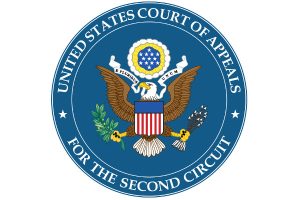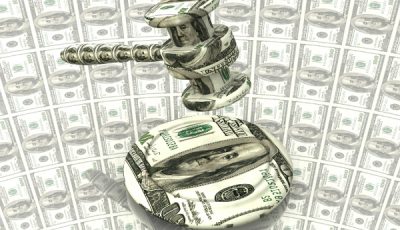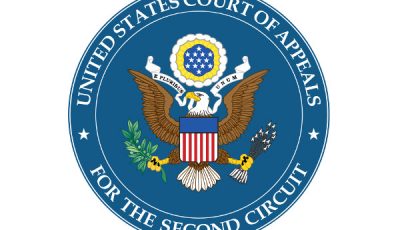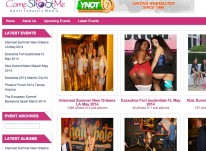2nd Circuit Denies Appeal in Embedded Tweet Copyright Case
 NEW YORK – On Monday, the U.S. Court of Appeals for the Second Circuit issued an order denying the defendants’ request for an interlocutory appeal in Goldman v. Breitbart, a case which has garnered a great deal of attention in media and tech circles.
NEW YORK – On Monday, the U.S. Court of Appeals for the Second Circuit issued an order denying the defendants’ request for an interlocutory appeal in Goldman v. Breitbart, a case which has garnered a great deal of attention in media and tech circles.
The case has been subject to media scrutiny in large part because of U.S. District Judge Katherine B. Forrest’s finding that the “server test” established in Perfect 10 v. Amazon doesn’t apply in the case – and may not be consistent with the Copyright Act in the first place.
The Second Circuit’s order gives no indication of how the court may rule in the future, should the case come its way on appeal someday, following further action in the district court. The defendants’ petition was denied with a simple, two-sentence finding which culminated in stating the “petition is denied because an immediate appeal is unwarranted.”
Because the court didn’t explain its denial of the petition (and isn’t required to do so), Goldman’s attorney Ken Norwick said we “can only surmise what the 2nd Circuit was thinking” in declining to hear the appeal.
“My own interpretation: They weren’t persuaded by the attacks on Judge Forrest’s opinion and predictions of the imminent death of the Internet,” Norwick added.
The case involves a photo snapped by photographer Justin Goldman, which depicted New England Patriots quarterback Tom Brady walking alongside Danny Ainge, the General Manager of the Boston Celtics. Goldman posted a Snapchat Story with the photo, which was subsequently tweeted by readers who saw Goldman’s post.
At the time, the Celtics were reportedly recruiting then-free agent Kevin Durant, leading some to speculate that Brady was involved in the recruitment effort, arguably adding to the photo’s newsworthiness.
After the photo had been tweeted by third-parties, those tweets were then embedded in online articles run by Breitbart, the Boston Globe, Time and various other media outlets. Goldman, who never granted anyone permission to republish the photo and whose Snapchat Story was viewable only by a relatively small list of followers, filed suit alleging that “each of the defendants in this action, without any legal authority to do so, prominently displayed, for each’s own for-profit purposes, a copy of the Photo.”
With the agreement of the parties, Judge Forrest split the case into two phases. First, she would consider whether the embedded tweets violated Goldman’s exclusive right to display his work. In the second phase, the court would hear all the other issues in the case and arguments as to why the defendants should not be held liable, including various fair use defenses.
The ruling Forrest issued in February pertained only to the exclusive display right and denied the defense motion for partial summary judgment on that question. Forrest also approved of the idea of the interlocutory appeal on the matter, which she agreed was a “high-impact copyright case.”
At the same time, in her February ruling Forrest disagreed with the defendants that her decision on the Server Test aspect of the case had implications for the internet which were as profound as the defendants feared, saying the “court does not view the results of its decision as having such dire consequences.”
“In this case, there are genuine questions about whether plaintiff effectively released his image into the public domain when he posted it to his Snapchat account,” Forrest wrote, noting the possibility the defendants may not be found liable for copyright infringement even without her accepting and applying the server test. “Indeed, in many cases there are likely to be factual questions as to licensing and authorization. There is also a very serious and strong fair use defense, a defense under the Digital Millennium Copyright Act, and limitations on damages from innocent infringement.”
For some of the defendants, their concern is no longer immediate, because they have settled with Goldman and are no longer part of the case. For Heavy, Inc. and the other remaining defendants, the Second Circuit’s decision not to hear the interlocutory appeal may be disappointing, but it doesn’t impact their ability to raise the other defenses Forrest referenced in her February ruling.
YNOT will continue to follow this case and update its progress as new developments arise.













